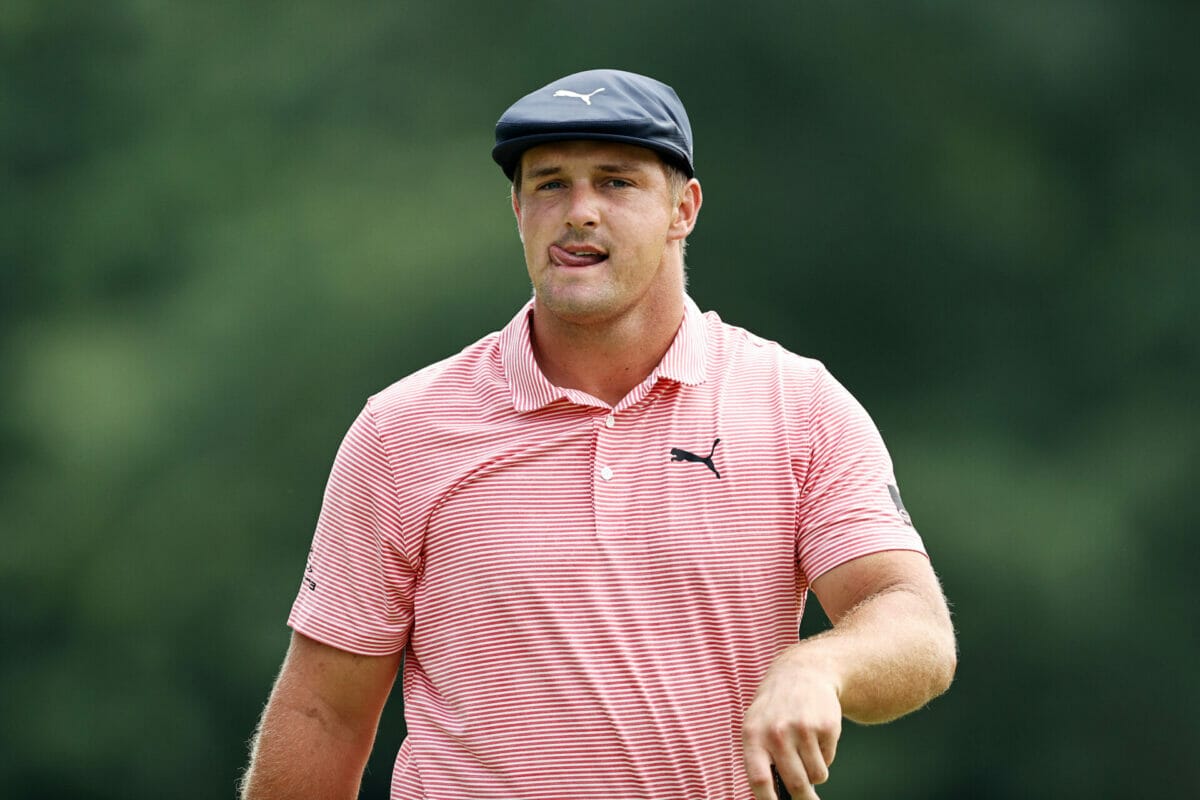Almost as soon as Laurie Auchterlonie became the first golfer to win a major championship (U.S. Open) with four rounds in the 70s when using the brand-new to the market tightly-wound, Haskell rubber golf ball that was much longer than the gutta percha, the rules makers became concerned with the distance the latest well struck golf ball could travel but, characteristically, they did nothing about it.
Until 1920 a golf ball could be any size and weight and it was the subject of constant debate. That same year the rules makers, at last, decreed that the ball could not be less than 1.62 inches in diameter and not more than 1.62 ounces in weight. In spite of this newly imposed standardisation, the ball manufacturers continued to find ways to make the ball go farther and boasted about it incessantly.
It took eleven more years before another set of mandatory changes for the 1931 season were introduced in America only. The new regulations called for a larger and lighter ball. The 1931 golf ball had to be at least 1.68 inches in diameter and no more than 1.55 ounces. The rest of the golf world (governed by the R&A) continued on with the 1920 regulations.
Ed Dudley, who was to become the Head Pro at Augusta National when it opened in 1934, liked the new ball and had a great year, winning the Los Angeles Open and the Western Open along with having the lowest scoring average for the year. The ladies liked it too. It was bigger and lighter, it sat up better on the grass which made it easier to get airborne with fairway woods. Many big-hitting males didn’t like it at all. It was too difficult to control, especially in the wind. They called it the “Balloon Ball”.
Before 1931 was over, the USGA stuck a pin in their ‘balloon’ and hastily put changed specifications in place. The 1.68 inch size stayed but the weight went back up to 1.62 ounces, which it still is today. But, the game is once more out of balance, not so much because of the size or weight of the ball but because of the space-age influenced dimpling and construction.
To test today’s top pros to the same degree as previous generations requires unrealistic and unsustainable course set-ups. Ernie Els’s proposal for knee-high rough beside narrow fairways and heavily-bunkered greens won’t make golf more interesting and attractive to watch or to play. Attempting to defend a course in this manner is silly. It delays play and leads to frustration and unfairness. Every golfer hates looking for lost golf balls in dense rough – it’s no fun. Twice a year at the two main Opens (US and British) is enough of high rough. Week in and week out – no thanks!
There’s nothing intrinsically wrong with long driving as long as it is controlled and remains relative. The longest hitters are entitled to their advantage. Nobody wants to see pros ‘handicapped’ and forced into playing irons off the tee and hacking out sideways when they go slightly astray.
The real objective of advanced technology (and professional golfers’ associations) is profit, not the ‘good of the game’. Short-sighted vested interests object to throttling back the ball and equipment, but my motivation is entirely focused on saving golf courses from being rendered obsolete. Without viable golf courses there will be no game.
Pros and amateurs have played under bifurcated rules before and it was no big deal. The ‘big ball’ (1.68”) that was used exclusively in the USA did not become ‘the law’ in the rest of the world until 1990. Prior to 1990, the big ball was exclusively played on the pro tours worldwide only. Amateurs were allowed to use the smaller 1.62 ball if the wished to do so. If amateurs and pros played a bifurcated game by using different balls before, they can do so again. Besides, pro tours are but a fraction of the total golf population.
Adding or subtracting just a few dimples can make quite a difference to how a golf ball flies. The dimple construction of today’s self-correcting brands has changed the game. I cannot see any good philosophical reasons why the ball and equipment between pros and amateurs cannot be bifurcated again. A distance-restricted, uniform, ball for pro tournaments should not be beyond the capacity of the manufacturers in this scientific age. Allowing amateurs to play with whatever ball they like won’t dampen sales. The pros will play with any ball they are given if there is prizemoney at stake. Duffers will still lose a (mind-boggling) average of six balls per round (according to Titleist, whose business it is to know such things) while golf courses won’t have to be lengthened just to stop ‘a few pros’ cutting across the corners of doglegs and reducing 450-yards par-4s to a wild lash and a short pitch.
In the end, everything comes down to money and finance. The continually rising expense incurred by adding yardage to ensure courses are challenging for elite players is too costly in time and money. Genuine length off the tee is entitled to be rewarded but when the average length of the whole field on the PGA Tour is 301-yards and the courses can no longer defend themselves, it’s time to call a halt.























Leave a comment